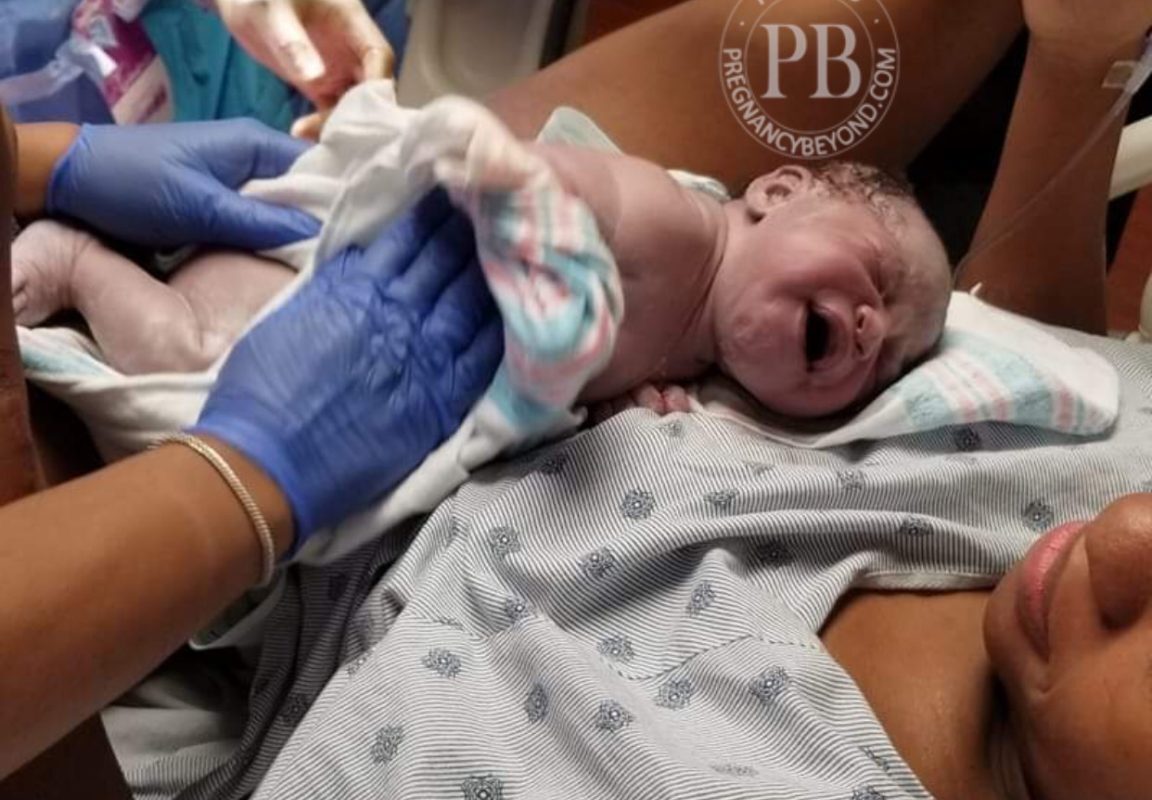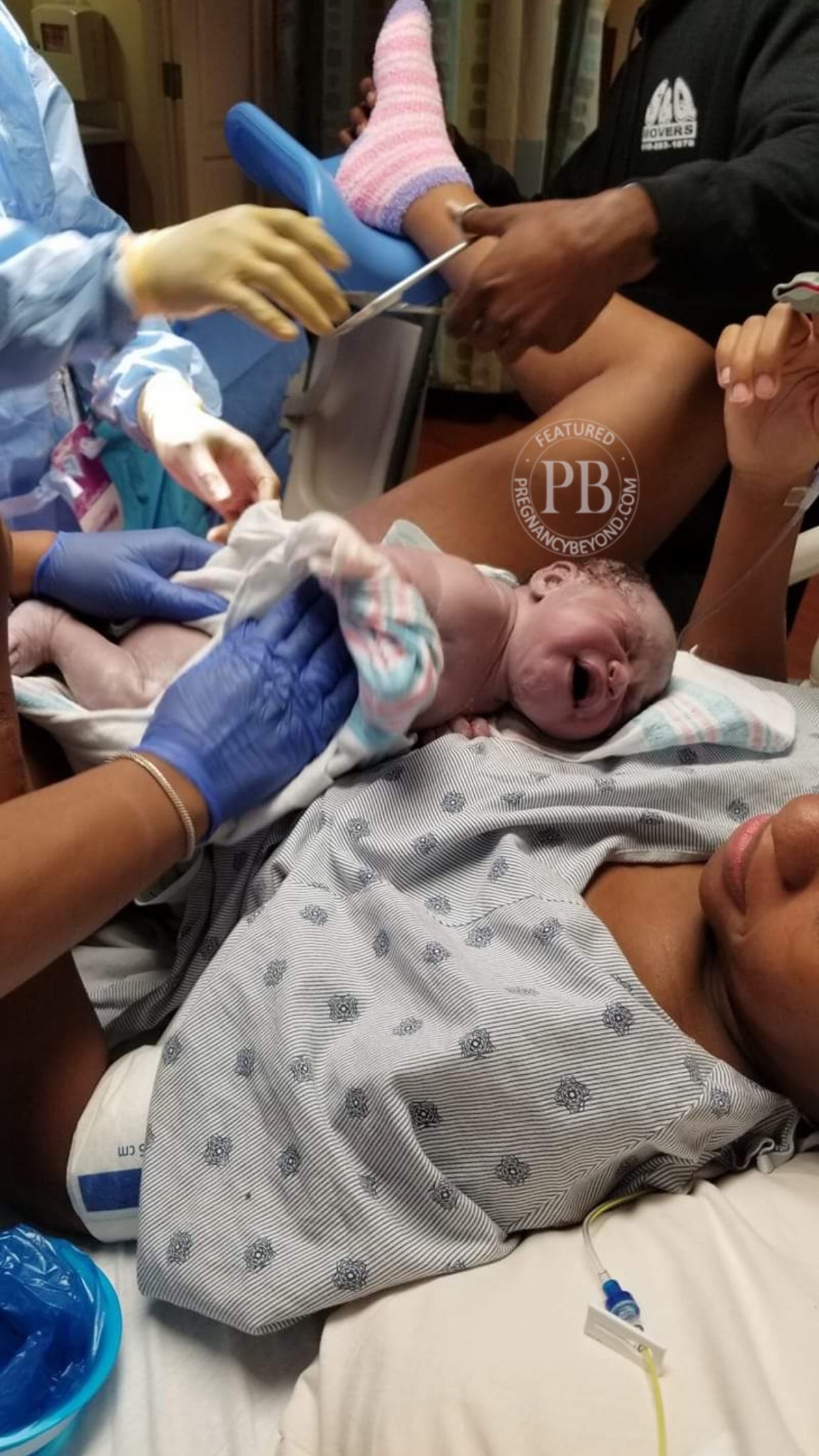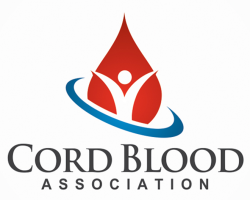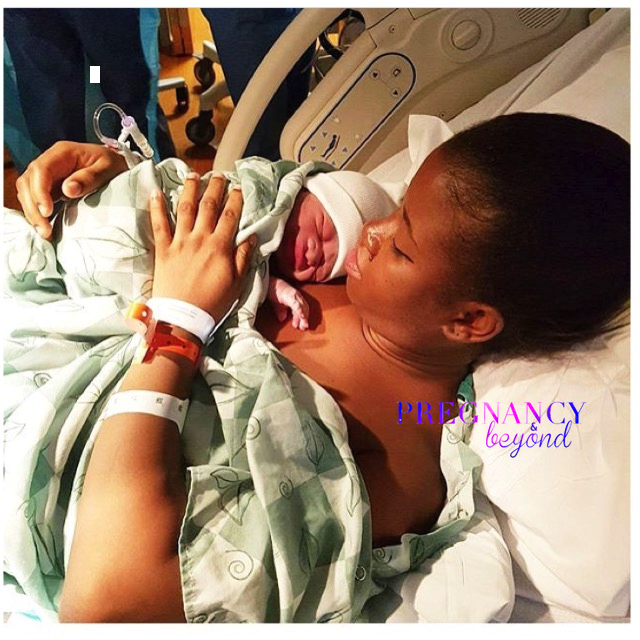
Baby’s Cord Blood:
Should I Bank My Baby’s Cord Blood? By Karen Ballen, MD, and Arthur Flatau, Ph.D.

Why should I consider saving my baby’s cord blood?
Generally, umbilical cord blood contains blood-forming stem cells. That, when transplanted, can rebuild the bone marrow and immune system. Moreover, save the life of a patient with a serious blood disorder such as leukemia, lymphoma, or sickle cell disease. Infusions of these cells can also treat patients with inherited genetic disorders. Also, bone marrow failure, and immune deficiency diseases.
Cord blood transplantation is not only accepted treatment for many blood diseases. Also, research is underway to determine whether components of cord blood can treat other medical conditions. Such as birth asphyxia (brain damage from lack of oxygen), cerebral palsy, and autism. However, cord blood therapies for these brain injuries and diseases are not a standard medical practices. But, are being evaluated in ongoing studies and may prove useful in the future.
Cord blood is one of three sources of blood-forming stem cells used in a transplant. The other two sources are bone marrow and the blood that circulates throughout the body (called peripheral blood).
Finding a compatible match can be difficult for African-Americans and other minorities. Because they have a lower rate of registration in national and international registries. This means that patients more frequently have to rely on umbilical cord blood registries.
What are the alternatives to discarding cord blood?
It’s important that expecting parents know their options for saving cord blood. Instead of discarding cord blood as waste, other options might be:
▪️ Donate the cord blood to a public cord blood bank for use by anyone with a medical need.
▪️ Pay to store the cord blood in a private family cord blood bank. For a possible future use by your family.
How is cord blood collected?
After your baby is delivered, the umbilical cord is clamped and cut. Blood from the umbilical cord and placenta are put into a sterile bag. Also, with a blood thinner to prevent it from clotting. No blood is taken from your baby.
Cord blood collection can be performed after a vaginal or a Caesarian delivery (often called a C-section). The collection procedure has no pain and poses no risk to the mother or baby. And does not interfere in any way with your labor or the baby’s delivery.
What are the current recommendations for delayed clamping?
You may have seen or heard recent discussions about “delayed clamping” of the umbilical cord. Several obstetric organizations in the United States, the United Kingdom, and Canada have recommended a delay of 30-60 seconds. Between delivery and umbilical cord clamping in healthy, full-term babies. It is believed that delayed clamping may have a beneficial effect on the newborn.
Delayed clamping can reduce the volume of stem cells remaining in the umbilical cord. But that does not necessarily make the volume unsuitable for storage or donation. On the other hand, if the baby’s cord blood is being stored for a known use. Such as the transplant of another family member with leukemia. Delayed clamping may not be advised.
Expectant parents should discuss options for delayed clamping with their obstetrics provider.
In the final two installments of this series of articles, we will look specifically at donations to public banks. And also storage in a family bank. Either is a viable option, and only you can know what is the best option for you.
NEXT ARTICLE: DONATING CORD BLOOD: A GUIDE FOR PARENTS
About the Author:
 Karen Ballen, MD, a hematologist/oncologist at the University of Virginia Health System. Who does cord blood research and whose articles about cord blood therapies frequently appear in medical journals. Also, Arthur Flatau, Ph.D., is a leukemia survivor. Also, chair of the Cord Blood Association Public Education Committee.
Karen Ballen, MD, a hematologist/oncologist at the University of Virginia Health System. Who does cord blood research and whose articles about cord blood therapies frequently appear in medical journals. Also, Arthur Flatau, Ph.D., is a leukemia survivor. Also, chair of the Cord Blood Association Public Education Committee.
Join us at the PB Moms Exclusive Circle. Where we invite healthcare experts to prepare us for life after childbirth and motherhood. Go to: pregnancybeyond.com/exclusive-circle.
Follow PregnancyBeyond on Instagram, Facebook, and Twitter.
image Credit: Destiny Boney
BABY ON BOARD BIRTH CHILD BIRTH GUEST POST LABOR AND DELIVERY MATERNITY PREGNANCY




